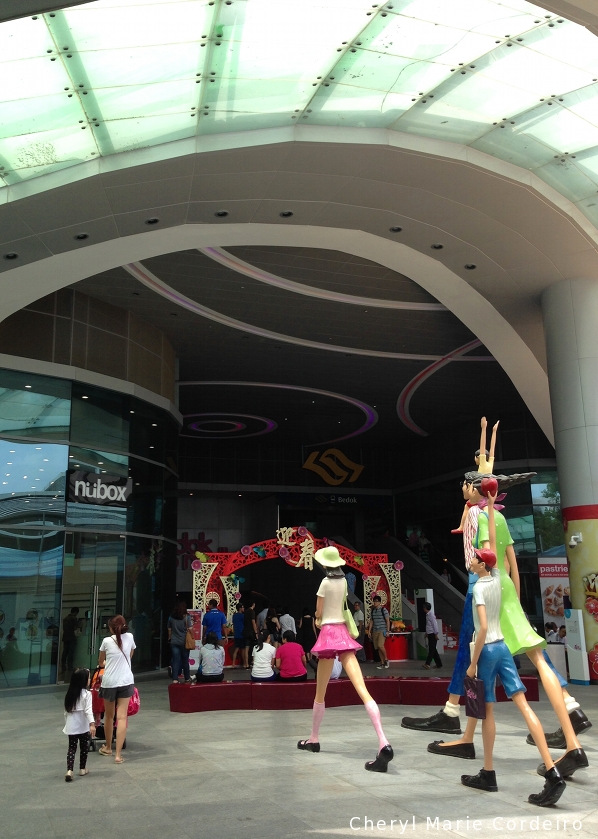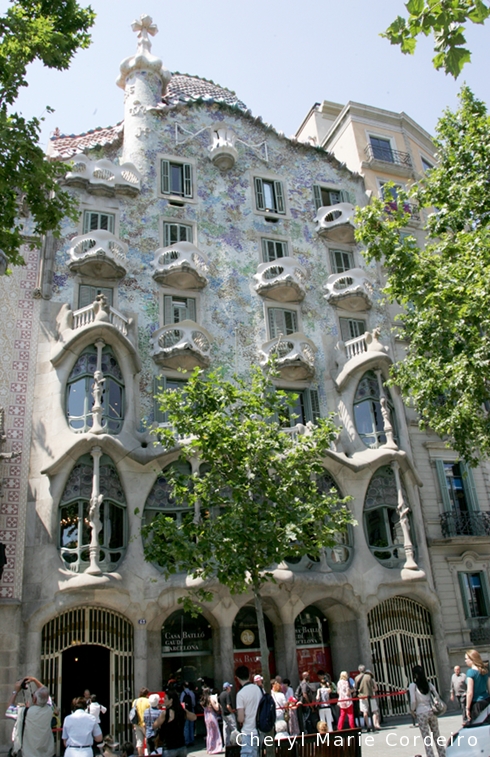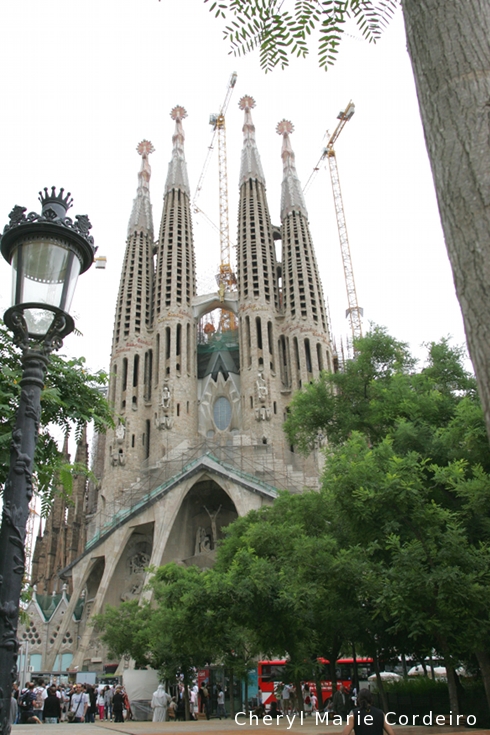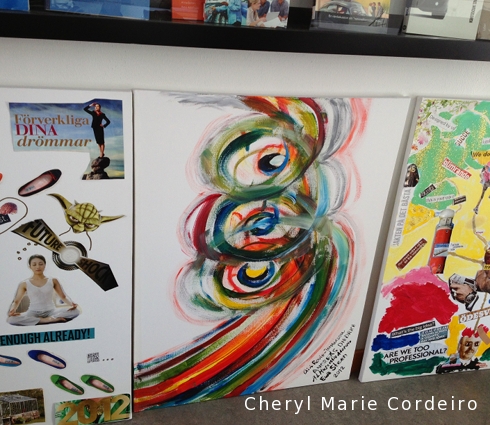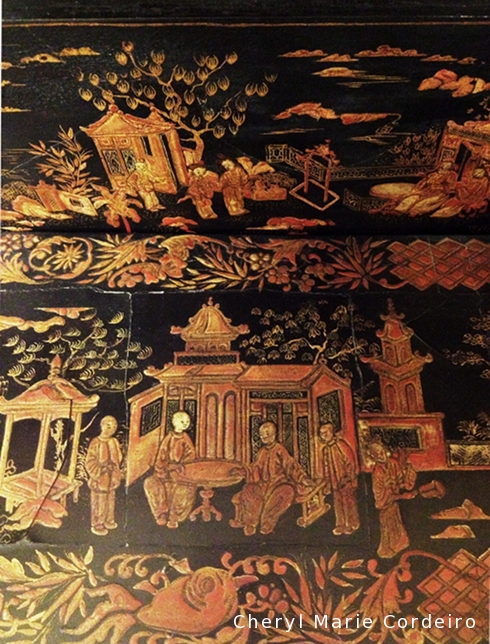The geosemiotics of Singapore. Towering plastic sculptures in the city’s heartland. Freud, Goya – or both? I would beg to differ on the perspective that Singaporeans have no sense of humour.
Text & Photo © JE Nilsson, CM Cordeiro, Sweden 2015
They walked as a pair in complete synchrony in rhythm and sway. Finding a seat in the train, they sat comfortably, next to each other. After contemplating the signs hovering above the bright coloured plastic seats of the train for all of three seconds, the older of the two decided to take the seat marked for the disabled. She was after all in the elderly range in the context where she now found herself. The pair gestured animatedly as they talked while they sat for their journey. The younger of the two had at all times in hand a mobile phone where utmost attention was paid. If there was any sort of hierarchy between the pair, it was not much noticeable except that the older seemed to speak much more than the younger. And when the younger was too engrossed with the phone, the older of the two would peer over the younger’s shoulder, inquiring in expression of what it was that made the small screen so interesting to the younger. The younger did not seem to mind this intrusion of space, a normalized behaviour that had by now become an expectation. Continue reading “Goya geosemiotics in Singapore”
